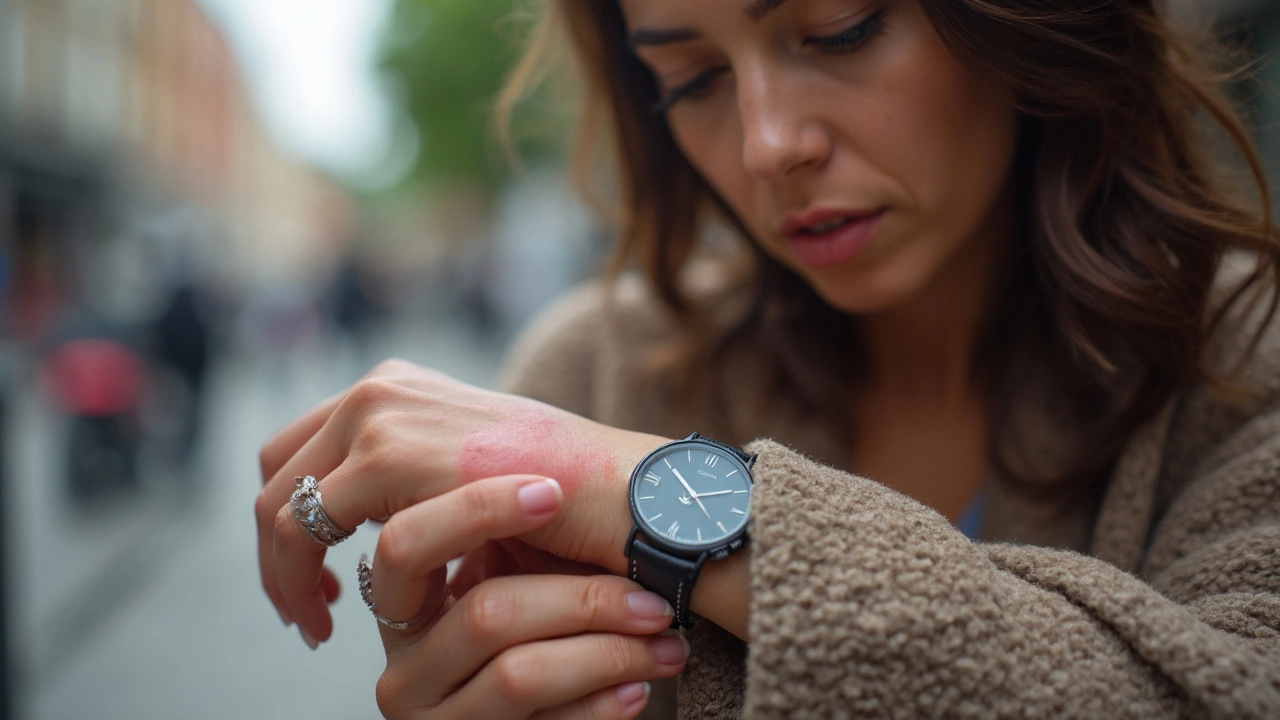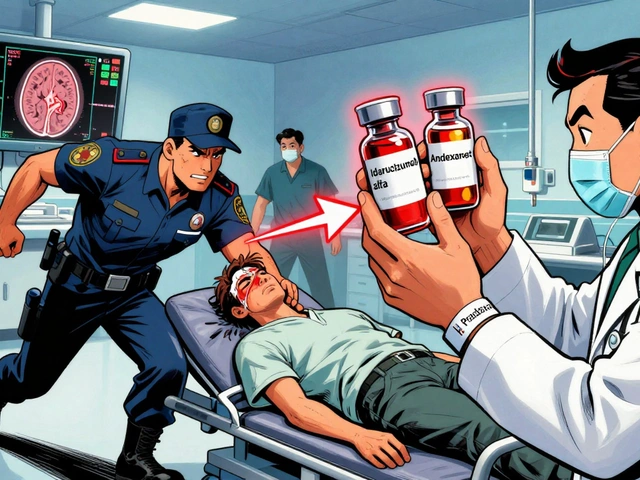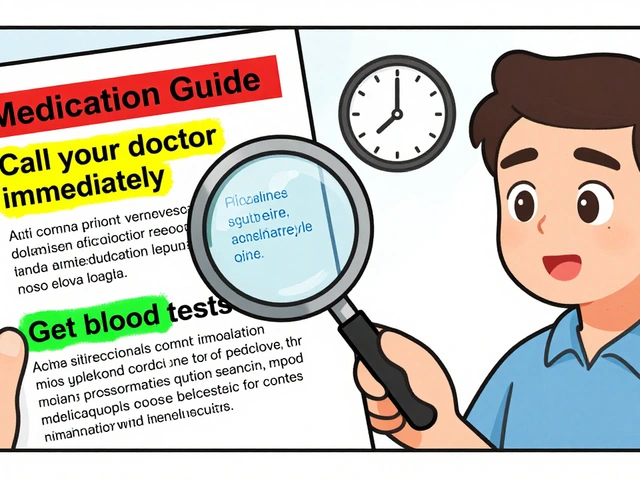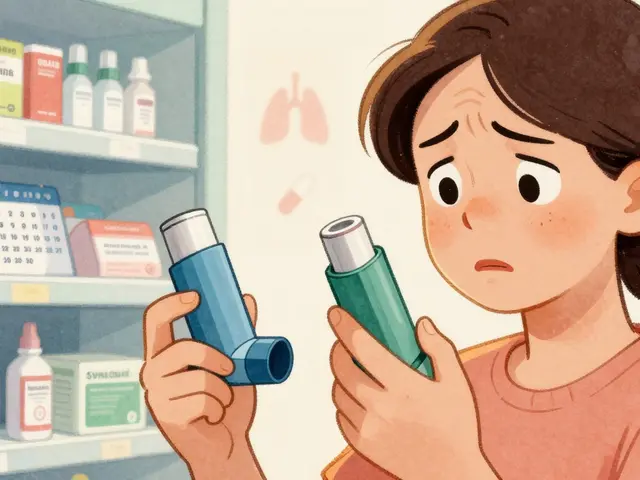Metal Allergies: What Causes Them and How to Stay Safe
If you’ve ever gotten an itchy rash from a new necklace or a painful swelling after a dental procedure, chances are you’ve experienced a metal allergy. It’s not magic – your immune system is simply overreacting to certain metals that it sees as foreign invaders.
Most people think allergies only involve pollen or food, but metals can be just as sneaky. The reaction usually shows up as red, itchy bumps (contact dermatitis) or a burning sensation where the metal touches your skin. In some cases, swelling can spread to nearby tissue, making everyday items feel uncomfortable.
Common Metals That Trigger Reactions
The top offenders are nickel, cobalt, and chromium – they’re everywhere from cheap jewelry to watchbands and even some medical implants. Nickel is the worst culprit; it’s in costume jewelry, belt buckles, and many everyday tools.
Cobalt shows up in metal alloys used for prosthetic devices or certain pigments in cosmetics. Chromium is common in leather goods that have been dyed using chrome salts. If you’ve ever gotten a rash from a new pair of shoes or a watch strap, these metals might be the cause.
Even some “hypoallergenic” pieces can contain trace amounts of nickel or cobalt. The safest bet is to look for products labeled “nickel‑free” or made from pure titanium, surgical stainless steel, or plastic.
Practical Steps to Manage and Prevent Metal Allergies
Get Tested. A simple patch test at a dermatologist’s office can pinpoint which metal(s) you react to. The doctor places small amounts of metal salts on your skin for 48 hours, then checks the spots for redness or swelling.
Avoid Direct Contact. Once you know your trigger, steer clear of items that contain it. Swap out jewelry for silicone bands, use titanium dental crowns instead of nickel‑based alloys, and choose leather goods labeled “chrome‑free.”
Use Protective Barriers. If you can’t avoid a metal item (like a work tool), coat it with clear nail polish or a special barrier spray. This creates a thin film that blocks direct skin contact.
Topical Treatments. Over‑the‑counter hydrocortisone creams can calm mild rashes, while oral antihistamines help if itching gets intense. For severe cases, doctors may prescribe stronger steroids or refer you to an allergist for immunotherapy.
Keep Your Skin Clean. Wash the area with gentle soap after exposure. Moisturizing helps maintain a healthy skin barrier, which reduces the chance of a reaction taking hold.
Remember, metal allergies are manageable once you know your triggers and have a plan. With a few smart swaps and protective steps, you can wear what you want without the itchy fallout.











